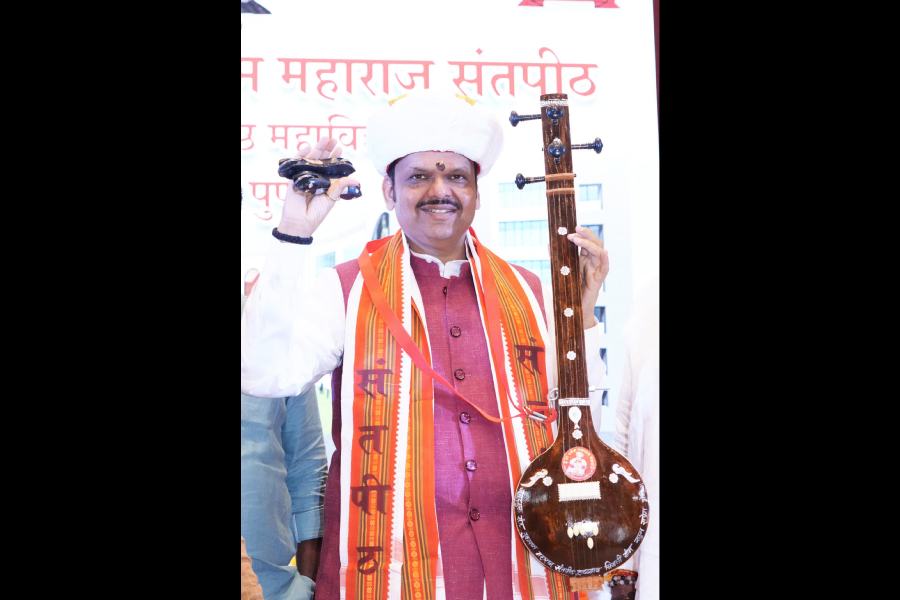 |
I visited my tailor of long years recently. I don’t know if it happens with you, but he leaves me completely overpowered and wondering about women and free choice.
I wanted to have three salwar kameez sets stitched. All the pieces had borders, which I wanted to make use of. I wanted my necklines to show that I had imagination. I asked for the catalogue.
As I pored over the designs, I mentioned to my tailor, a man of stoical disposition not given to wasting his words, that I wanted to make use of the borders.
At which he looked up. “There are only three necklines if you want to use a border,” he said. “A proper square neck, a square neck that narrows down and a triangular neck.”
But there were so many necklines — rows and rows of decapitated female torsos wearing hundreds of challenging necklines, staring at me from the catalogue. (Not exactly staring, of course, because they couldn’t. Sorry, bad metaphor.) I pointed out the designs to my tailor.
“There are only three necklines when you have to use a border, a square, a narrow square and a triangle,” he said, in a level voice. It was a very good imitation of God speaking to Moses from the burning bush.
Okay. So be it. I lose. I decided to do my best on the next front. I pulled out the first salwar set, a set of dense co-ordinated prints in red and green with a matching chiffon chunri, and drew his attention to the border along both sides of the materials.
“I want the narrow square neck on this one. I also want some of the border at the end of the sleeves,” I said. “If you want a square neck, the border cannot be used on the sleeves. You have to use them on the hemline,” he said.
Okay to this, too. Next he asked me to choose the length of the sleeves. I said I wanted them short. He said no, longer sleeves would look better.
He also decided that the solid green kameez needed a kali-cut and the remaining piece would be made into a short kurta, which could never, never, never be in an A-cut. It had to be straight cut.
But I submitted, because through practice, I knew we were inching towards the real issue. The moral battle. These were just matters of taste, compared to the one that lay ahead.
My tailor had begun to measure me. He placed one end of the measuring tape on a shoulder and let it dip diagonally to my neckline. I was waiting for this.
“The neck will be exactly as deep as this one,” I said, pointing to the kurta I was wearing. I saw that the tape read seven inches.
My tailor looked over his shoulder, to the young man who was noting down the measurements, and called out: “Six inches.” “This time,” I said, “it will be seven inches.” “No. Bachcha, write down six inches.”
When he asked me to turn and took the measurements for the neckline at the back, I still tried. “Let it be nine inches, please,” I said. “I want a deep neckline. Okay, let it be 8.5. Okay, eight,” I said. “Please,” I added. “Make it seven inches,” he announced.
Then he took various other subtle measurements, some of which how women like me submit to in public, that too with men, I can never understand. But I never feel embarrassed with my tailor, because I know I have nothing to fear as unbecoming thoughts are farthest from his mind. He is on the opposite end, ferociously defending my virtue, from the world, from myself. It’s his duty to keep me covered.
That’s why I look so dowdy. That’s why I can never look sexy. Even if I want to wear clothes that are slightly more liberated, I feel my tailor is looking down at me from a billboard and I don’t feel good any more.
The measurements ended with him making my kameezes much wider at the waist and my churidaars far tighter at the knees than I would have liked to. I didn’t care any more.
I can change my tailor. I can get a new man. I can go to a woman. But I don’t. Why do I keep going back to him? Why do women keep going back to men to be ruled?
And you don’t always like ready-mades.










